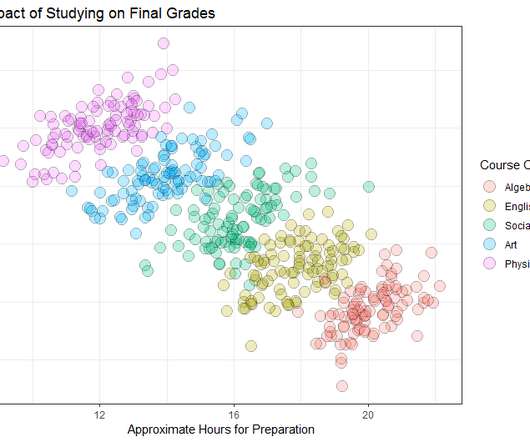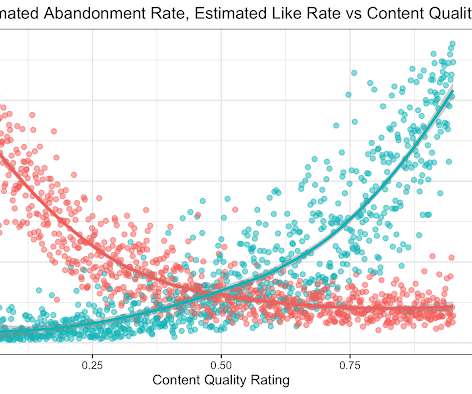In AI we trust? Why we Need to Talk About Ethics and Governance (part 2 of 2)
Cloudera
DECEMBER 3, 2021
In part 1 of this blog post, we discussed the need to be mindful of data bias and the resulting consequences when certain parameters are skewed. Systems should be designed with bias, causality and uncertainty in mind. Even if protected features are removed, they can often be inferred from the presence of proxy features.
























Let's personalize your content